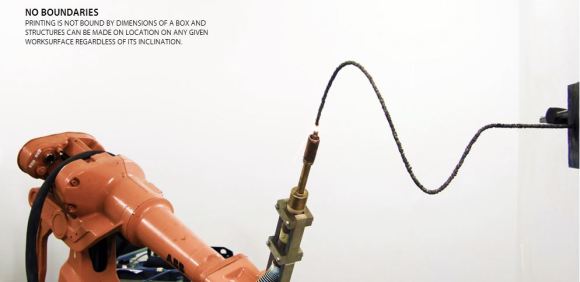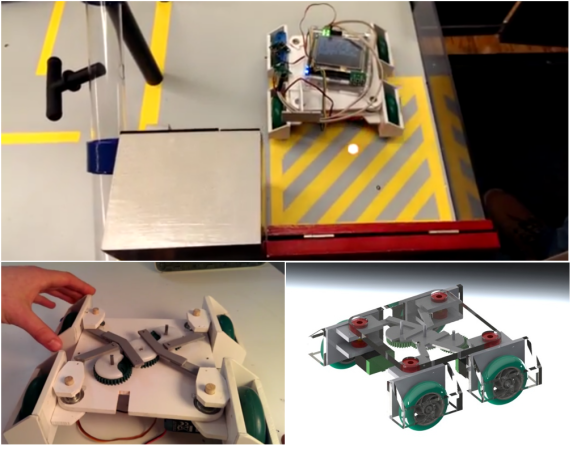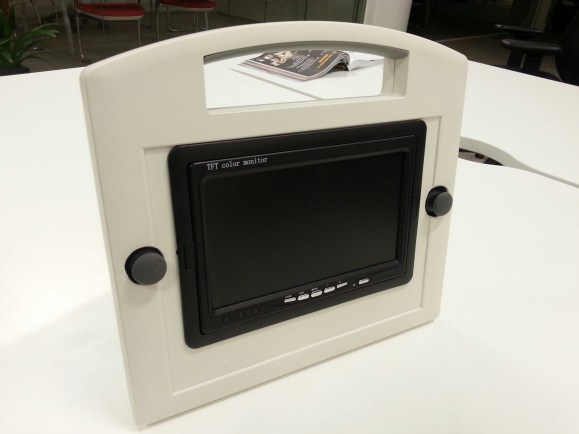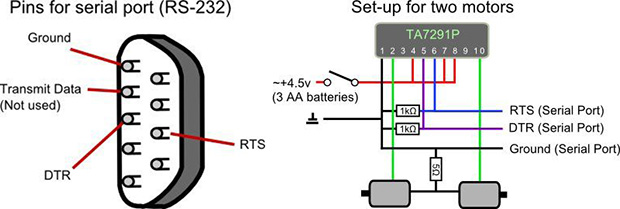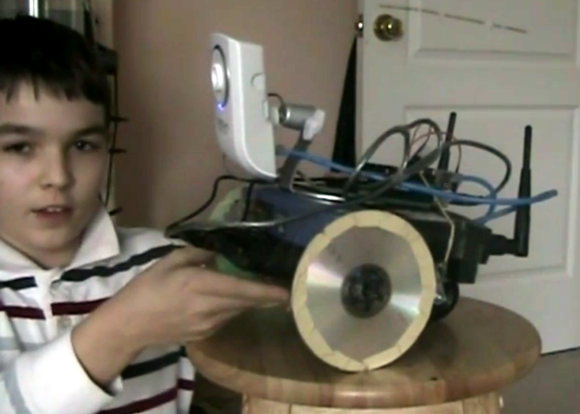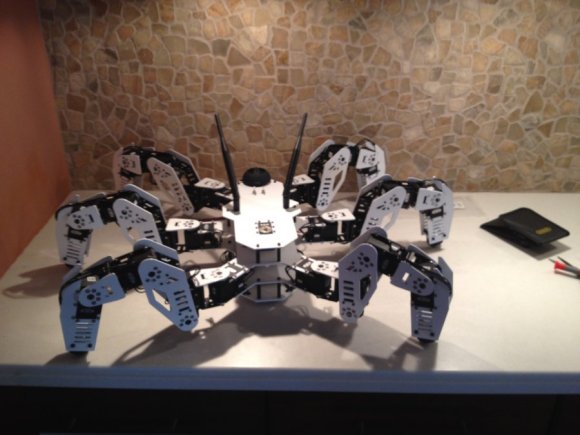
[Kevin] brings us Golem, his latest robot project. Golem is crafted not of clay and stone like his namesake, but of T6 Aluminum and Servos. We don’t have a banana for scale, but Golem is big. Not [Jamie Mantzel’s] Giant Robot Project big, but at 2.5 feet (76.2 cm) in diameter and 16 lbs (7.3 Kg), no one is going to call Golem a lightweight. With that kind of mass, standard R/C servos don’t stand much of a chance. [Kevin] pulled out all the stops and picked up Dynamixel MX64 servos for Golem’s legs. Those servos alone propelled the Golem’s costs well beyond the budget of the average hobbyist. Kevin wasn’t done though. He added an Intel NUC motherboard with a fourth generation i5 processor, a 120 Gigabyte solid state drive, and 8 Gigbytes of Ram. Sensing is handled by gyros, accelerometers, and an on-board compass module. We’re assuming from the lack of a GPS that Golem will mainly see indoor use. We definitely like the mini subwoofer mounted on Golem’s back. Hey, even robots gotta have their tunes.
Golem is currently walking under human control via a Dualshock 3 controller paired via bluetooth. [Kevin’s] goal is to use Golem to learn Robotic Operating System (ROS). He’s already installed ubuntu 13.04 and is ready to go. [Kevin] didn’t mention a vision system, but based on the fact that some of his other robots use the Xtion pro live, we’re hopeful. We can’t wait to see Golem’s first autonomous steps.
Continue reading “Hexapod Robot Terrifies Humans And Wallets”

